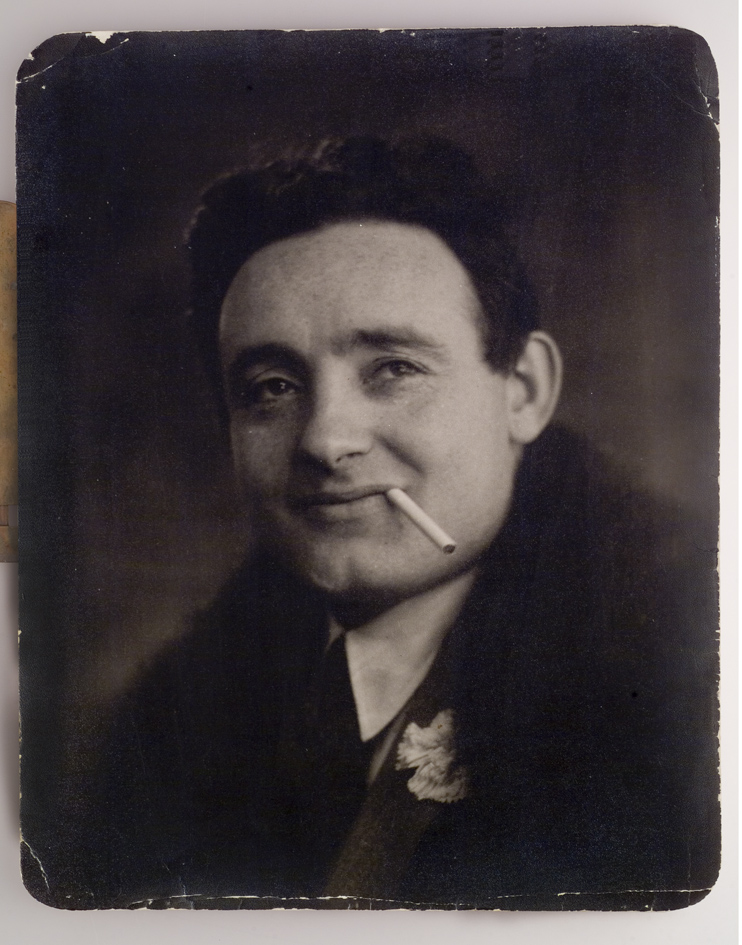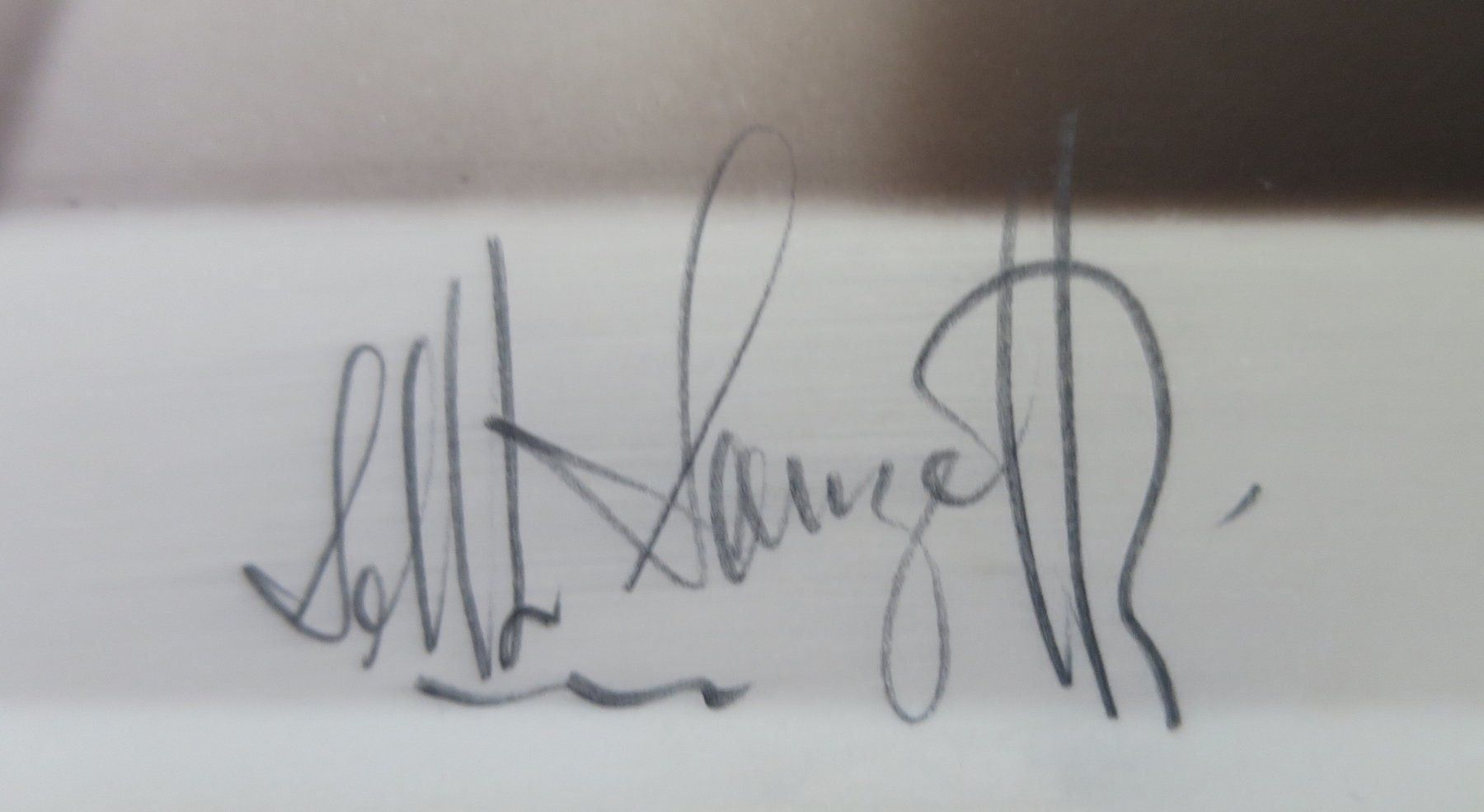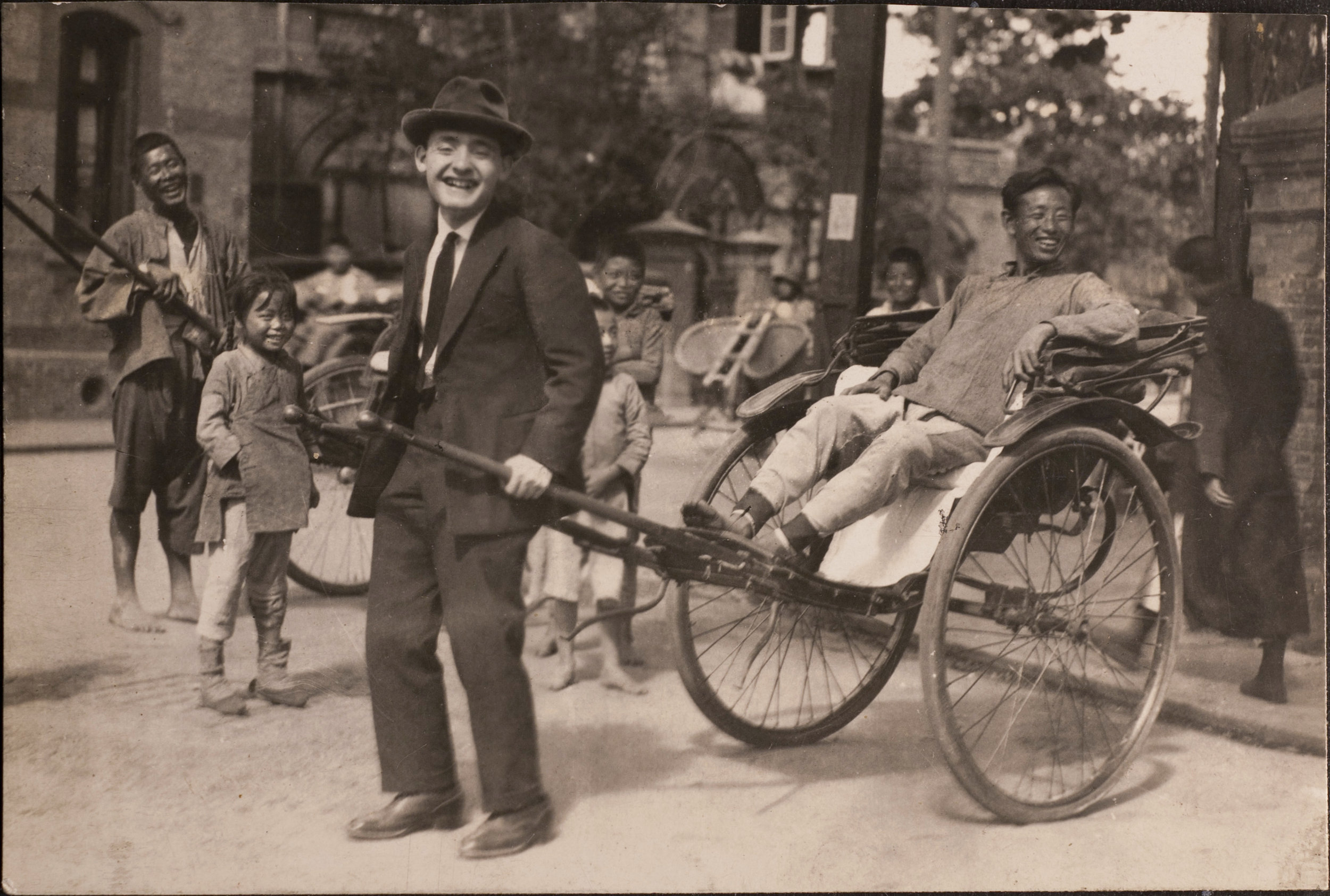Archive
Semion Markovich Lifshitz
- Semion
- Markovich
- Lifshitz
Sam Sanzetti; Semion Markovich Liphshitz; Семен Маркович Лифшиц Сэм Санзетти
- 18-03-1902
- Armyans’k (UA)
- 22-09-1986
- Photographer
Sam Sanzetti was a precocious photographer and portrait artist, whose signature style came to define the aesthetic of the Shanghai bourgeoisie. The portraits produced in Sanzetti Studio, masterfully retouched and delicately hand-tinted, reflected the growing fascination with Hollywood.
Word Count: 38

Sam Sanzetti, photography (© Israel-Asia Center). 
Sam Sanzetti's studio on Nanking Road, photography (© Israel-Asia Center). 
S. M. L. Sanzetti, photographer’s signature, studio photograph, 1927, author’s collection. 
Whitey Smith Band, manipulated photography, The China Press, 3 April 1929. 
Semion Lifshitz in Shanghai, photography, around 1940 (© China). Abbe, Dan. "The Unlikely Shanghai Portrait Studio of Sam Sanzetti." https://www.popphoto.com/american-photo/unlikely-shanghai-portrait-studio-sam-sanzetti/. Accesed 2 March 2021.
Dittmar, Peter. "So sah Shanghais teuerster Fotograf seine Kunden." https://www.welt.de/geschichte/article115228727/So-sah-Shanghais-teuerster-Fotograf-seine-Kunden.html. Accessed 2 March 2021.Word Count: 37
Harbin, China (?–1921); Shanghai, China (1921–1957)
73 (later 153) Nanking Road, International Settlement (now Nanjing Dong Lu, Huangpu Qu) (studio); 14 Kiukiang Road, International Settlement (now Jiujiang Lu, Huanpu Qu) (studio) Shanghai
- Shanghai
- Katya Knyazeva. "Semion Markovich Lifshitz." METROMOD Archive, 2021, https://archive.metromod.net/viewer.p/69/2952/object/5138-11320442, last modified: 20-06-2021.
-
Leonid SkvirskyPhotographerIllustratorShanghai
Leonid Skvirsky was one of the most successful photographic artists in Shanghai. His experimental take on lighting and staging of the models ensured him critical acclaim, awards in international competitions and patronage of the elites.
Word Count: 35